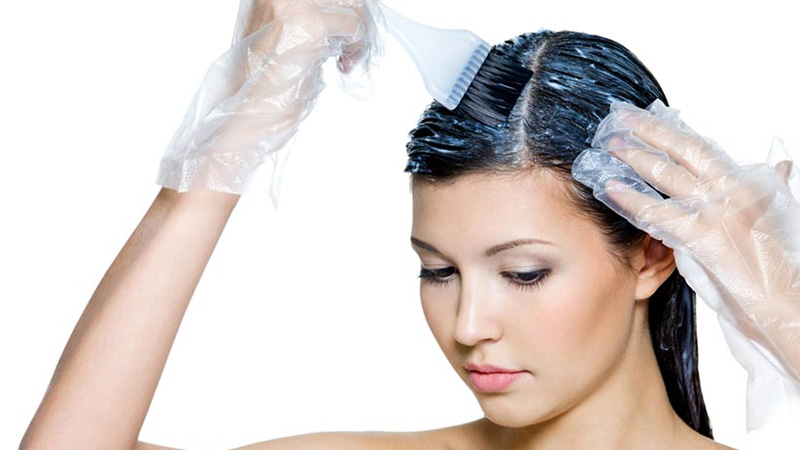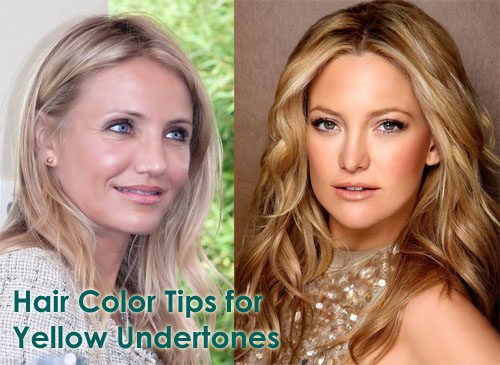At-Home Hair Colouring Gone Wrong: Is There Any Hope?
Over 75% of women have coloured their hair at least once and the majority of them do this at home. Therefore, millions of women have to struggle trying to fix a colouring gone wrong. The easiest way to do this is, of course, to go to a salon and get a colour correction treatment so you can get your own story of how a clever hair stylist worked some magic to save your looks. However, if you cannot do this for some reason, you’ll have no choice but to deal with the problem by yourself.

If that’s the case, this is what you should do depending on the kind of problem you have:
How to Fix Common Hair Colour Mistakes at Home
1. When the colour is too dark
First of all, it must be said that bleaching your locks if you are unsatisfied with a too dark colour is the absolute worst thing you can do. What you should be doing is fading the colour faster than it would wash out naturally. If you are still unsatisfied with the result, you can colour treat it again in a couple of weeks. But only after you do your best to fade the dye you have now as much as possible.
In order to fade your too dark colour you can go for the easiest route, which is buying a specialized shampoo made for this specific purpose. However, if you don’t want to waste your money on a product you won’t need much beyond the current situation, you can try some ‘natural’ fading solutions.
In essence, any store brand of anti-dandruff shampoo, like Head&Shoulders will do an excellent job of washing out your colour super-fast. To boost the process further, you can mix a teaspoon of vitamin C powder to a tablespoon of shampoo when washing your hair. This will remove any semi-permanent dye in one or two washes max and will fade a permanent colour quite a lot.
Some people also advise a few harsher options, like washing your hair with baking soda or even dishwashing liquid. Those methods will definitely help get rid of the unwanted colour fast, but you might accidentally get rid of your hair as well.
Any fading solution will dry out and damage your locks greatly. This will only exacerbate the damage dealt by colouring in the first place. To protect your hair, you’ll need to counter these negative effects by applying some professional-grade hair masks. Look for Fanola professional products and the like because these are specially formulated for coloured hair. Therefore, they will be more effective in restoring it to full health even after the additional abuse of colour fading.
2. If your colour is too yellow or orange (bleaching gone wrong)
In many cases when your bleaching doesn’t go the way it should you end up with a head full of yellow or brassy hair. The latter happens when you are trying to lighten dark locks. Both these effects are a result of oxidative processes and are a common side effect of bleaching. In fact, you will notice that bleached hair often develops those nasty yellowish hues with time even if it was its proper shade of blonde originally.
To fix this problem you’ll need to use a tinting shampoo and conditioner. If you want some more drastic effects, you can go straight for a hair toner. But bear in mind that not any toner or tinting hair care product will do. You need the ones that will neutralize the yellow/brassy shade in your hair. According to the colour wheel, this means you’ll have to use purple pigment to counter yellow and blue to deal with brass.
3. If your highlights are ugly and stripy
Stripy and unnatural highlights are a common problem for those who do their hair colouring at home. Unfortunately, this issue isn’t easy to fix. As you can’t remove the highlights, you’ll need to focus on trying to make them look more natural and closer to balayage.
To do this you’ll need to dye your entire head either the same colour as your base one at the roots or up to two shades lighter (but no more). This will make the highlights blend in better, but they will remain there until you grow them out. This means that the issue might get even worse when your colour washes out, so you’ll need to dye it ASAP again.


